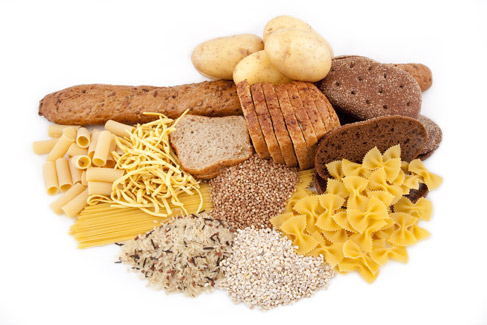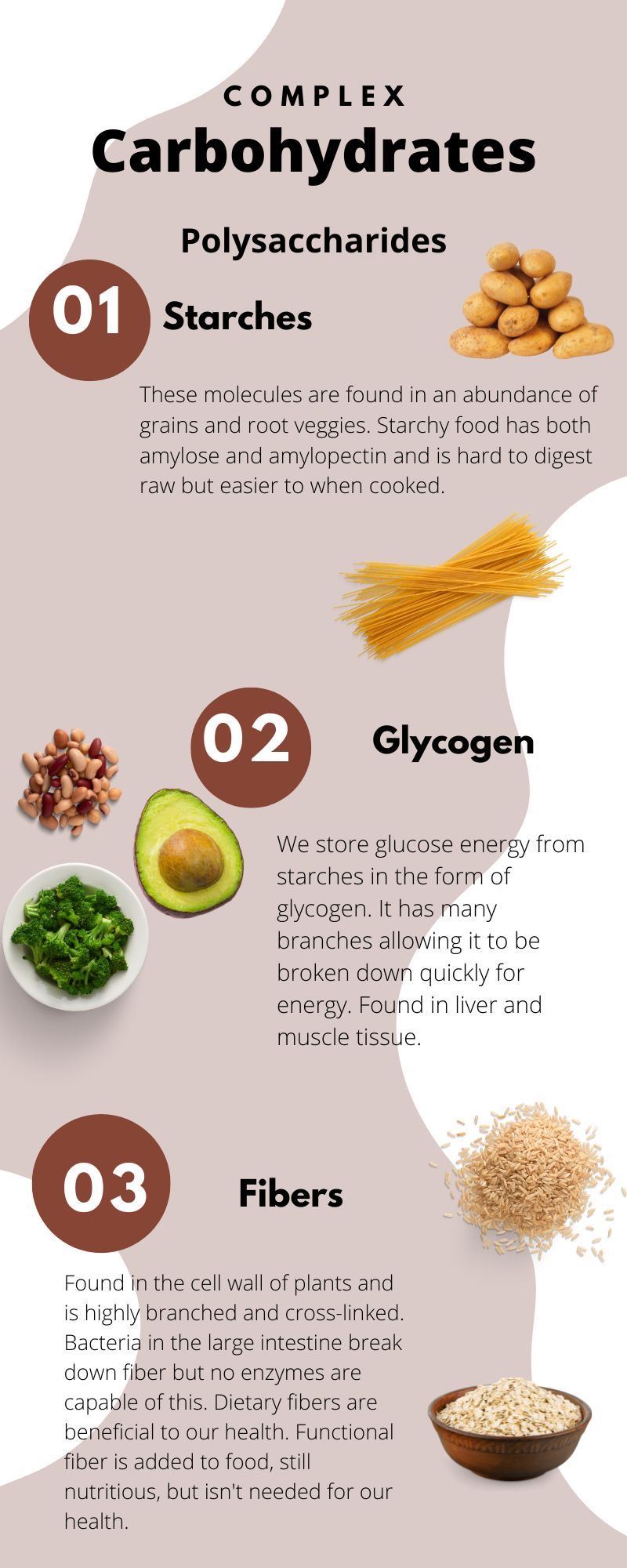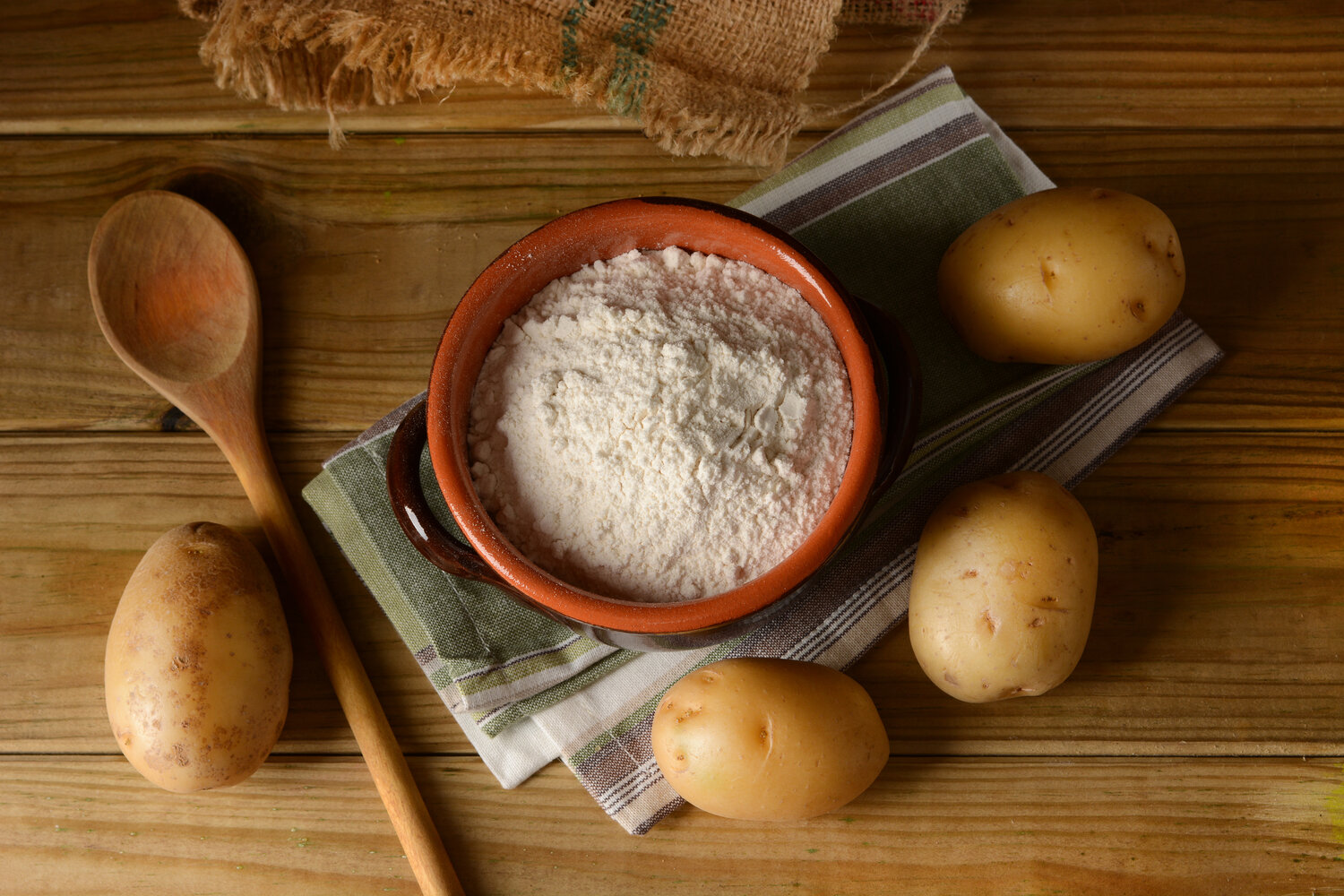Physiological effects of resistant starch and its applications in food: a review, Food Production, Processing and Nutrition
4.9 (263) · $ 22.50 · In stock
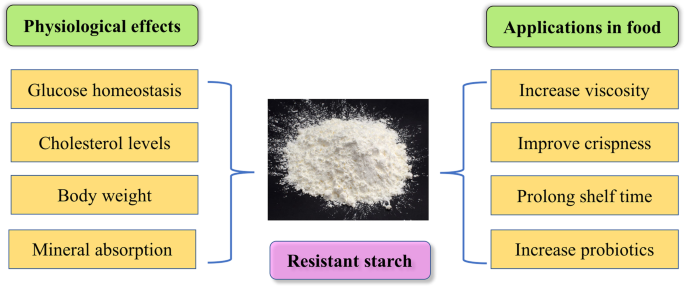
Starch,as the main source of carbohydrates in the diet, provides energy for various activities of the body. Different types and structures of starch lead to variations in digestion and absorption, thereby affecting blood glucose levels and lipid metabolism in the body. Resistant starch (RS) has gained much attention because of its unique properties; it is not digested in the small intestine but ferments in the large intestine and produces short-chain fatty acids. RS has been found to play a crucial role in glucose homeostasis, fat metabolism, cholesterol levels and mineral absorption. Furthermore, RS has a high thermal stability, white color and low water holding capacity, making it useful in a wide range of food industry applications. This review aims to provide an update on the physiological effects of RS under physiological and pathological conditions, to provide information on the applications of RS in the food industry, and to assess whether dietary strategies to improve RS could have potential prevention and therapeutic effects for metabolic disorders associated with diabetes, obesity, and hyperlipidemia.

Nutritional characterization and measurement of dietary carbohydrates – topic of research paper in Agricultural biotechnology. Download scholarly article PDF and read for free on CyberLeninka open science hub.

The Most Common Sources of Resistant Starch

Starch Digestion Mechanistic Information from the Time Evolution of Molecular Size Distributions

Resistant starch from sweet potatoes: Recent advancements and applications in the food sector - ScienceDirect

Structural Characteristics, Physicochemical Properties, and Digestibility Analysis of Resistant Starch Type-V Prepared from Debranched Corn Starch and Fatty Acid Complexation

New processing technique could make potatoes healthier - American Society for Nutrition

Come Shopping With Me To Feed A Family Of 4, Meals For, 59% OFF
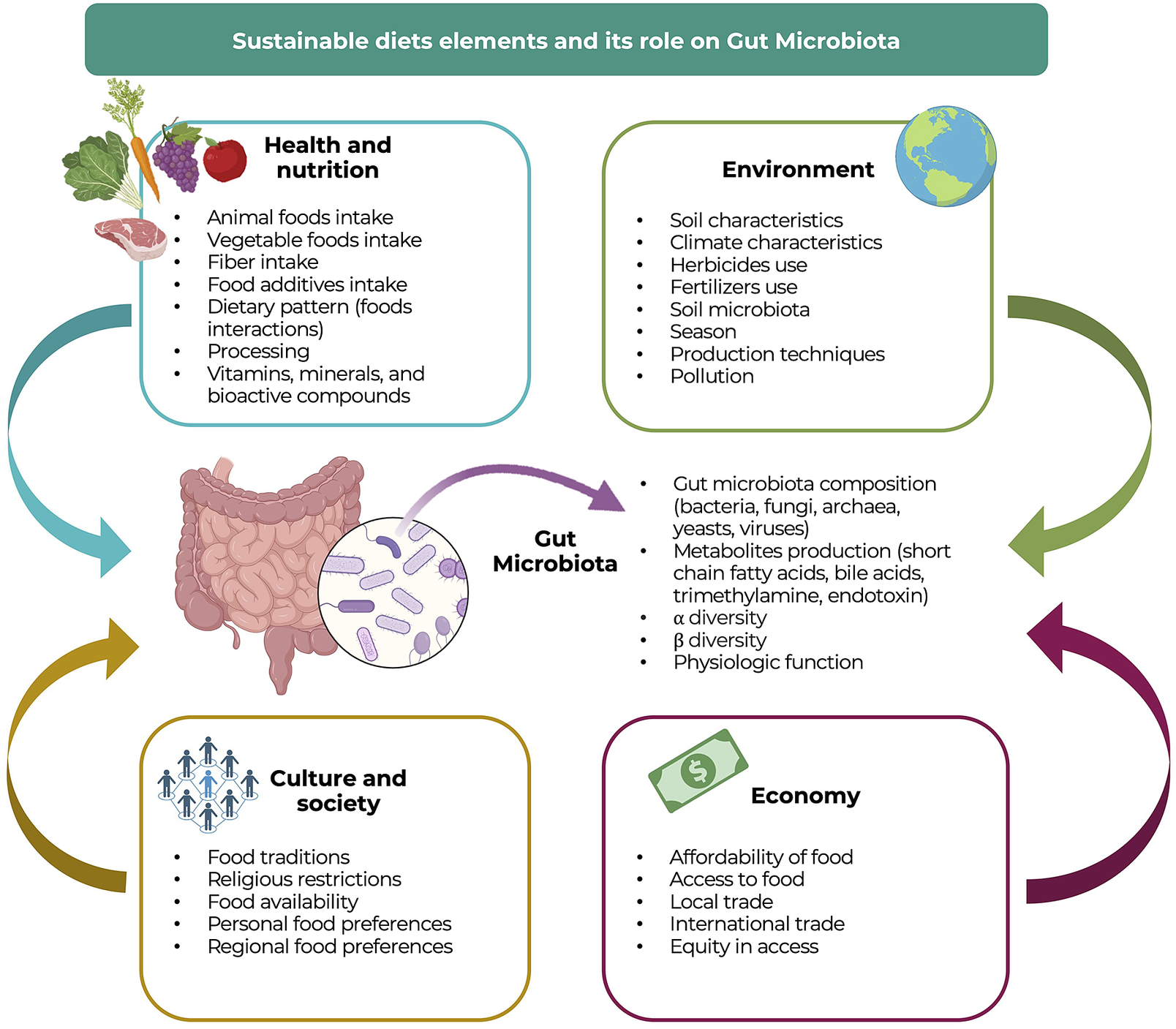
Towards the characterisation of sustainable diet's gut microbiota composition and functions: A narrative review, Gut Microbiome

Starch Digestion Mechanistic Information from the Time Evolution of Molecular Size Distributions

Lotus Seed Resistant Starch Regulates Gut Microbiota and Increases Short-Chain Fatty Acids Production and Mineral Absorption in Mice

Amylose−Lipid Complexes as Controlled Lipid Release Agents during Starch Gelatinization and Pasting





